Inside the Cynical Campaign to Claim That Affirmative Action Hurts Asian Americans
The architect of the attacks on affirmative action has pitted Asian Americans and Black Americans against each other—letting white folks off the hook.
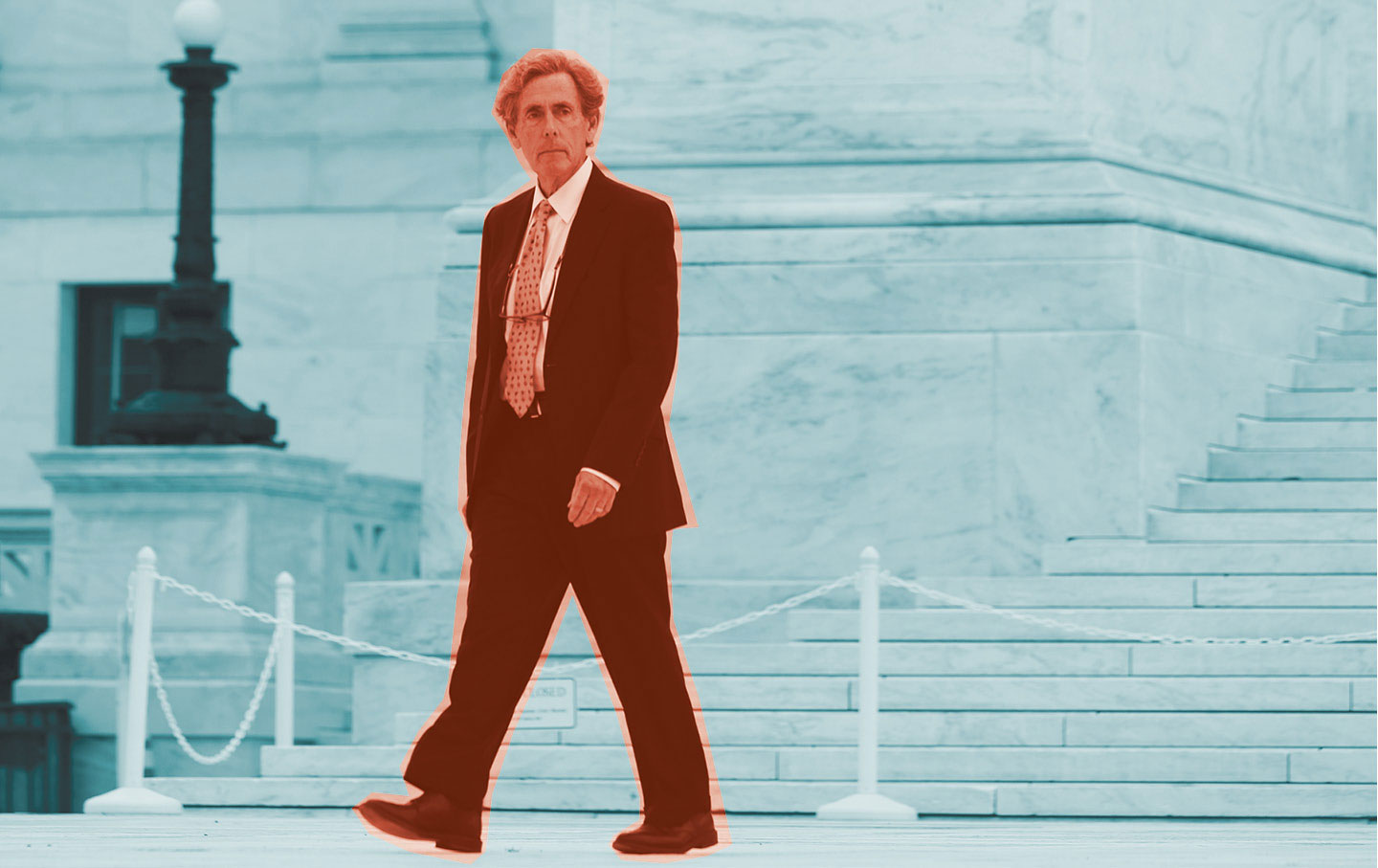
Legal architect: In June, the Supreme Court gave Edward Blum his most consequential victory since his successful challenge to the Voting Rights Act.
(Chip Somodevilla / Getty Images)In the late 1990s, after making a “small fortune” as a stockbroker, Edward Blum quit his day job to focus on finding plaintiffs for lawsuits that would seek to overturn racial equality legislation. Nearly 30 years into his second career as a self-described “legal entrepreneur,” Blum has fulfilled another of his most cherished goals: having the Supreme Court’s conservative majority overturn nearly 50 years of legal precedent to end affirmative action in college admissions—which the justices did in June with Students for Fair Admissions v. Harvard and Students for Fair Admissions v. University of North Carolina.
The ruling is Blum’s most consequential win at the court since 2013’s Shelby County v. Holder, which sanctioned voter suppression by effectively nullifying the Voting Rights Act. It also serves as proof of Blum’s commitment to weaponizing the courts to roll back hard-fought civil rights gains. His first attempt to have the Supreme Court dismantle affirmative action was Fisher v. University of Texas, decided in 2016, in which Blum’s plaintiff was a white woman named Abigail Fisher. That attempt failed. Perhaps recognizing that such an obviously undeserving plaintiff made for a poor litigant—not only did Fisher lack the grades and test scores for admission to UT Austin, but nearly 170 Black and Hispanic students with as good or better metrics were also rejected—Blum changed legal strategy. This time around, Students for Fair Admissions (SFFA), a legal nonprofit founded by Blum for the express purpose of outlawing affirmative action in college admissions, sued Harvard and the University of North Carolina, claiming that their race-conscious admissions favored unqualified Black and Hispanic students, while “intentionally discriminating” against deserving Asian American applicants.
In a 2015 speech that’s still on YouTube, Blum, who is white, said, “I needed Asian plaintiffs.” That disclosure drove suspicions that Blum has used Asian Americans to advance his white-supremacist agenda. Wang Qianxun, who just completed her sophomore year at Harvard, where she is copresident of the school’s Asian American Association, cites the video as evidence that Blum’s anti-affirmative-action lawsuit “isn’t a cause that originated within Asian American communities.”
Blum’s skeptics also include Margaret Chin, who as a Harvard undergraduate in 1983 cowrote “Admissions Impossible”—a paper cited by Blum in his Harvard complaint—demanding that colleges increase Asian American student admissions. Chin told me that Blum’s use of her paper “surprised” her because of “its very specifically pro-race-conscious” conclusion, which, she says, Blum grossly misrepresented. “I went to Harvard because of a minority recruiter. It’s because they saw my race—because they went to [New York City’s] Chinatown—that I happened to meet the person who convinced me to think about going to Harvard,” Chin says. “I owe everything to affirmative action.”
Chin, who testified on Harvard’s behalf at trial, also sees Blum’s recruitment of Asian students as a cynical tactic that belies his claims of dedication to remedying anti-Asian bias. “If you look at the actual court documents, the relief is to eliminate affirmative action,” Chin says. “The relief isn’t to eliminate discrimination against Asian Americans. It’s the exact same relief they asked for in the Abigail Fisher case.”
Critics maintain that Blum’s lawsuit relied on and perpetuated the “model minority” myth, which stereotypes Asian Americans as intelligent, high-achieving, and economically successful—but also docile, obedient, and politically silent. The term first appeared in a 1966 New York Times Magazine article, itself an unsubtle rebuttal to the era’s Black civil rights movement. By suggesting that Asian Americans have overcome racial discrimination through uncomplaining diligence, groups like SFFA can frame racial justice policies as entitlements that take from hardworking Asians and give to underachieving Blacks and Latinos—an equation that conveniently omits white folks altogether.
“SFFA is trying to create this essentialized picture of Asian Americans as a monolithic group universally disadvantaged by affirmative action policies. But we know this simply isn’t true,” Kylan Tatum, copresident of the Harvard-Radcliffe Asian American Association and a rising junior at the university, told me. Tatum, who describes themself as both Black and Asian, points out that “the majority of Asian Americans support affirmative action.”
In fact, a Pew Research poll released in June 2023 found that Asian Americans approve of affirmative action at a higher rate than the general US adult population. A 2020 survey by APIAVote and other Asian American and Pacific Islander organizations found that 70 percent of Asian Americans support “affirmative action programs designed to help Black people, women, and other minorities” in higher education. In 2022, the same poll found Asian American support at 69 percent, with 80 percent of Indian Americans, 82 percent of Korean Americans, 67 percent of Vietnamese Americans, and 67 percent of Filipino Americans in favor.
Chinese Americans were least likely to support affirmative action, at levels wavering between 56 and 59 percent in the annual APIAVote polls and at 45 percent in the Pew study. OiYan Poon, former director of Colorado State University’s Race and Intersectional Studies for Educational Equity (RISE), cowrote a 2018 study that examines why Chinese Americans are outliers among Asian Americans. The study found that many Chinese immigrants were connecting online through the Chinese-language app WeChat, where misinformation about affirmative action proliferates. “Many of the folks that are leading the anti-affirmative-action movements here in the US came here as graduate students, after going to elite colleges in mainland China,” Poon told Mother Jones in 2018. “They have a belief that high-stakes testing is the only and fair way to get into the best colleges…. Many of them, because of their class status, end up in relatively white and upper-middle-class communities. And that allows for the kind of development and perpetuation of stereotypes of other people.”
Alex Chen is the founder of the Silicon Valley Chinese Association Foundation, which filed an amicus brief in support of SFFA. In a 2018 interview in The New Yorker, Chen said that affirmative action taught people to think they “don’t need to work hard,” because they “still can get into a top school.” Kenny Xu, the 26-year-old son of Chinese immigrants, who is on the SFFA board, is a self-appointed spokesperson for Asian Americans who oppose affirmative action. “Affirmative action was created because people saw so few Black Americans elevated, in the sense that they wanted to. And so, they started to want to create a program to be able to uplift them,” Xu said in 2021. “That eventually morphed into ‘We just want to lower the bar, so that more African Americans with lower skills can get into the same job that a white American would have otherwise gotten with higher skills.’”
Xu is also the president of Color Us United, which says it is working for a “race-blind America.” He frequently appears as a talking head on right-wing media, though he appeared on CNN the day of SFFA’s win to applaud the end of race-conscious admissions. And he often tweets that it’s “not racism” that causes racial inequities but Black “culture,” which he contrasts with “the culture of hard work and family discipline that contributes to Asian success in America.” “I’ll come out and say it: yeah, we’re model minorities,” Xu wrote on social media earlier this year. “Heck yeah, people should be like us in education and hard work.”
For Aarti Kohli, the executive director of the Advancing Justice–Asian Law Caucus, Xu’s comments represent a gross misrepresentation of the demographics of Asian Americans. “There is this perception that Asian Americans are all doctors, engineers, lawyers,” Kohli says. “But the model-minority myth hides the needs of many members of our communities. If you look at college completion rates for Native Hawaiian, Pacific Islander, and Southeast Asian communities, they’re very low. And it’s really unfortunate that those members of our communities are not seen.”
Popular
“swipe left below to view more authors”Swipe →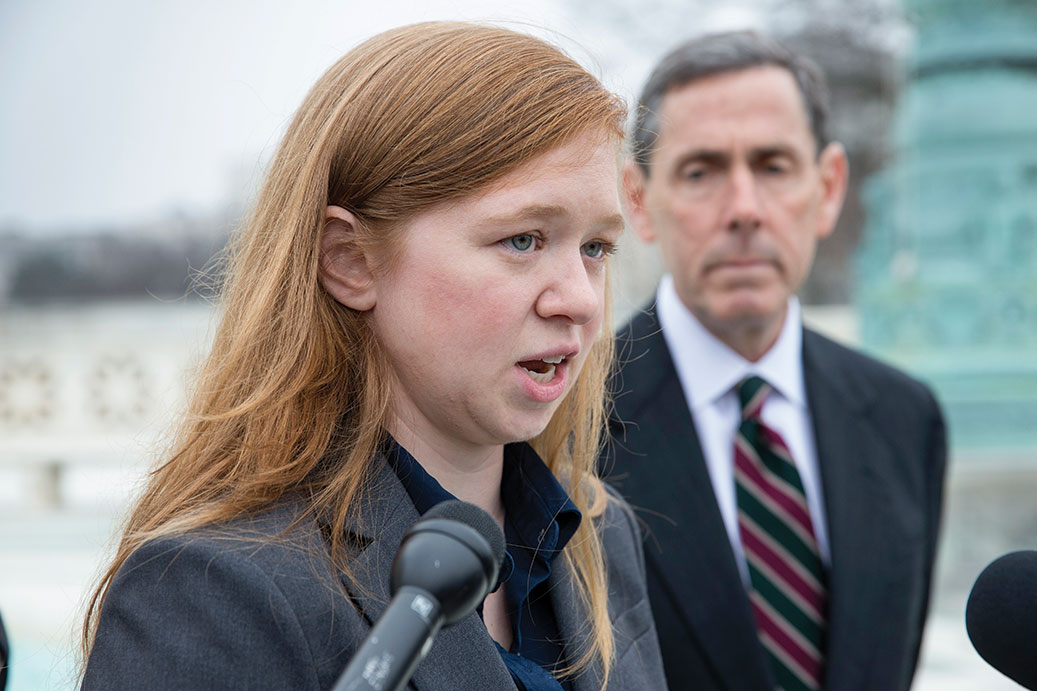
In the mid-1960s, anti-Asian immigration quotas were raised just enough to allow in highly skilled immigrants. But between the first wave of arrivals and more recent Asian immigration, the Asian American and Pacific Islander community has developed the greatest economic and education gaps of any racial or ethnic group in the United States. Indian families top the AAPI income list with a median of $119,000 a year, while Burmese families report median annual wages of just $44,400. As of 2019, according to Pew, approximately 10 percent of Asian Americans live below the poverty line, a figure that increases to 13 percent for Cambodians, 17 percent for Hmong, and 25 percent for Mongolians and Burmese. Among Asian Americans age 25 and older, 75 percent of Indian Americans possess bachelor degrees, though the same is true of just 17 percent of Laotians and 15 percent of Bhutanese. And unemployment rates are higher among Pacific Islanders than any other ethnic or racial group in the US.
For many AAPI students, affirmative action is critical to leveling the playing field in college admissions, and studies agree that affirmative action benefits Asian Americans. It’s a fact that Blum tries to hide by denying the existence of affirmative action’s many AAPI beneficiaries. In a lawsuit against Yale, SFFA’s complaint took pains to note that “references to Asian applicants will exclude racially-favored Asian applicants who identify, at least in part, as from a favored Asian-American subgroup, such as applicants who identify as Cambodian, Hmong, Laotian, or Vietnamese.” The implication was that Cambodian, Hmong, Laotian, and Vietnamese applicants benefited from affirmative action but that other Asian groups didn’t.
“This is the point that makes me seethe,” says Marie Bigham, the founder and executive director of ACCEPT (Admissions Community Cultivating Equity & Peace Today). “I am a multiracial Vietnamese woman. [Blum] has taken it upon himself to redefine ‘Asian’ in this country and to inform me I am no longer Asian, but that I am, as he describes it, ‘preferred Asian.’ That speaks to his awareness that the Asian experience is not a monolith. The rest of us—the ‘preferred Asians,’ as he describes us—experience exclusion in a pretty impactful and very serious way.”
“It’s sort of a paradox that [Blum] is leveraging the model-minority myth and putting forth this idea that Asian Americans don’t benefit from race-conscious policies,” says Sally Chen, a 2019 Harvard graduate who now works for Chinese for Affirmative Action and testified on Harvard’s behalf against SFFA. “That logic negates a lot of the realities of what Asian Americans face in society and on the road to higher education and beyond.”
During the litigation over Fisher, more than 160 AAPI groups filed amicus briefs in support of affirmative action; in this year’s affirmative action case, the NAACP Legal Defense Fund submitted amicus briefs on behalf of 25 Harvard Asian American and Pacific Islander, Latinx, Black, and Native American student and alumni groups. A number of AAPI students and graduates of Harvard testified for the university in the trial’s stages. Blum and SFFA, meanwhile, “failed to present a single Asian American student at trial,” NBC News reported.
Now that affirmative action in college admissions has been ruled discriminatory—except at military academies—Blum claims that race-neutral alternatives will replace affirmative action and address racial inequalities. But his preferred remedies seem unlikely to find favor with the cohort he runs with. UCLA Law professor Richard Sander, who wrote an amicus brief for Blum in Fisher, has suggested that programs that use socioeconomic standing—which Blum has cited as a useful replacement for race—might be “surreptitiously reintroducing race,” as The New York Times described it. Writing for the American Bar Association, civil rights lawyer Genevieve Torres notes that “new lawsuits have also been brought to challenge diversity programs that consider factors correlated with race (so-called ‘race-neutral’ programs), which Justice [Anthony] Kennedy expressly encouraged in Fisher.” In Virginia, a lawsuit over admissions to Thomas Jefferson High School for Science and Technology, an elite public school, claimed that scrapping entrance exams as a way to make the school more diverse is covertly anti-Asian, though the policy is race-neutral on its face. (In May, the Fourth Circuit ruled that the admissions policy did not discriminate against Asian Americans.) The plaintiff, Coalition for TJ, was represented by Pacific Legal Foundation, which filed an amicus brief on behalf of SFFA in both the Harvard and University of North Carolina cases. Coalition for TJ cofounder Asra Q. Nomani is also the former vice president of Parents Defending Education, which filed an amicus brief in support of SFFA in the Harvard case. Edward Blum is one of PDE’s directors.
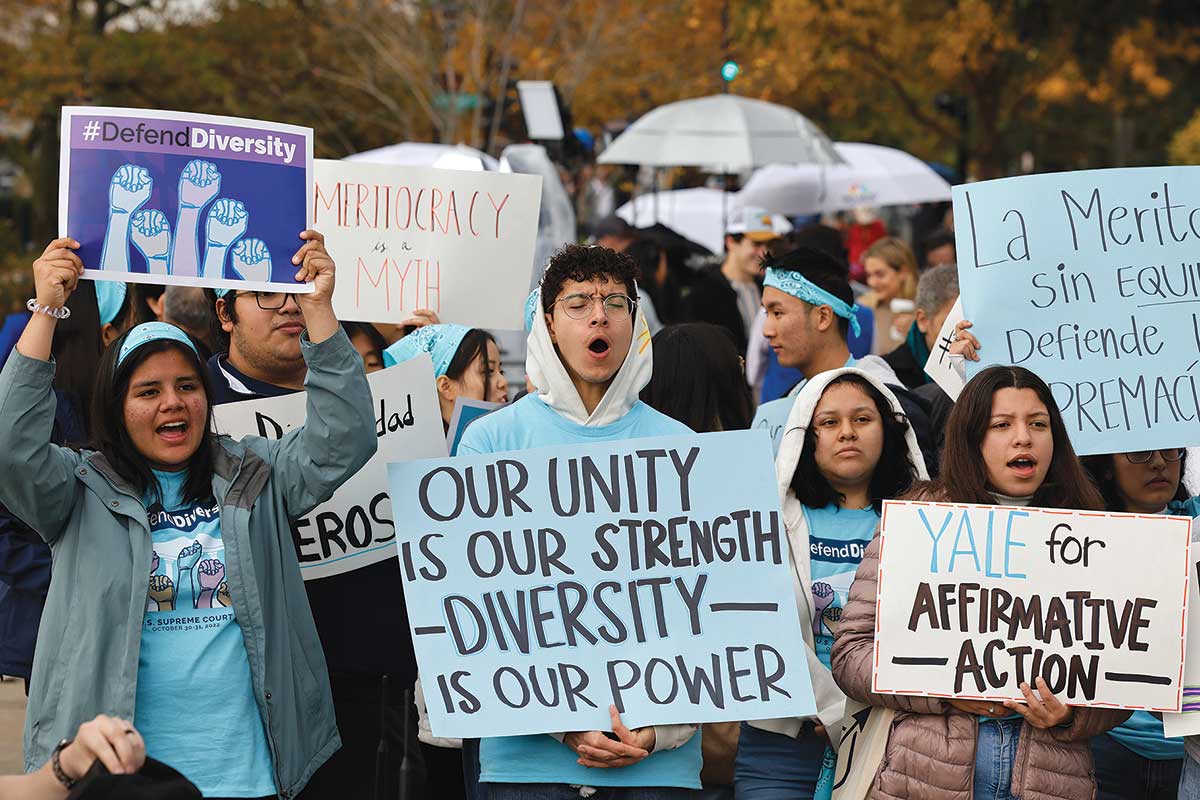
Affirmative action never opened the floodgates to unqualified hordes, as its opponents contend. It merely attempted to give those who have been historically excluded—provided they had the preparedness, talent, and qualifications—a way to open doors that white supremacy was keeping under lock and key. Racism, combined with the opacity of college admissions, generates wild conjecture and misinformed presumptions. In reality, holistic admissions, like those at Harvard and UNC, take race into account as just one element among a constellation of considerations. “At a school as selective as Harvard, they have so many applicants with perfect GPAs and test scores, they could fill their class three, four, five times over [on those qualifications],” says Michaele N. Turnage Young, senior counsel at the NAACP Legal Defense and Educational Fund. Bigham echoes this claim, saying, “The idea that, in that kind of applicant pool, someone got in just based on race is so laughable.”
Were Blum truly concerned about the policies that steal college slots from deserving Asian American applicants, he would not have spent his time demonizing Black and Hispanic students—who, a 2017 New York Times investigation found, “are more underrepresented at the nation’s top colleges and universities than they were 35 years ago.” Instead, he would have targeted legacy applicants and other students who already have connections at the school. A report from the National Bureau of Economic Research found that 43 percent of white students accepted by Harvard between 2009 and 2014 were “ALDCs”: athletes, legacies, the kids of big donors, or the children of faculty and staff. The same study found that three-quarters of “white ALDC admits would have been rejected if they had been treated as typical white applicants.” More than 30 percent of Harvard’s class of 2025 are legacies, and some 70 percent of legacy applicants to Harvard are white. (Less than 16 percent of Black, Latino, and Asian American kids who get into Harvard are ALDCs.)
Blum knows that legacies and other ALDCs displace a far greater share of Asian applicants than Black and brown students do. SFFA’s own expert witness concluded that affirmative action “for African American and Hispanic applicants could not explain the disproportionately negative effect Harvard’s admission system has on Asian Americans.”
Yet anti-affirmative-action campaigners would have you believe that the people who should be happiest about the end of race-conscious admissions are Black folks, because now they have a real shot at white approval. Justice Clarence Thomas reiterated in his concurrence (quoting his own words in an earlier opinion) that “racial preferences in college admissions ‘stamp [Blacks and Hispanics] with a badge of inferiority.’” The end of racial remedies will thus bring about a real colorblind meritocracy. But critics of affirmative action seem to view the mere presence of Black folks at elite schools as inherently undeserved. For example, in April 2022, Xu tweeted that because of “race preferences, Black Americans with STEM talent tend to go to UC-Berkeley over UC-Riverside”—the former being more selective in its admissions than the latter—“even with lower qualifications.” But the UC system got rid of affirmative action in 1996—before Xu was born.
With affirmative action gone, will the alliance between conservative Asian Americans and their right-wing white co-conspirators begin to fray? When Xu acknowledged the reality of legacy admissions on CNN after the June verdict, Ann Coulter went after him. “These aren’t your allies, White people,” Coulter wrote. The elimination of race-conscious admissions is predicted to increase Asian American enrollment numbers by just 3 percent. White enrollment is projected to go up 8 percent, according to the Berkeley economics professor and Harvard witness David Card.
Related Article
For Blum, the fight is never over. In an interview with The New York Times days after his victory at the Supreme Court, he suggested that affirmative action in workplaces may be his next target. That would have negative impacts on Asian Americans workers, who already are dramatically underrepresented in leadership positions, representing just 1 percent of corporate board seats, 3 percent of law partners and CEOs of Fortune 500 companies, and 2 percent of college presidents—numbers out of step with their overall representation in those fields. Multiple studies have found that while Asian Americans are significantly overrepresented in the tech workforce, they are significantly underrepresented in senior leadership positions by comparison.
In 2020, Margaret Chin, now a professor of sociology at the City University of New York’s Hunter College and CUNY Graduate Center, published Stuck: Why Asian Americans Don’t Reach the Top of the Corporate Ladder. She told me that anti-Asian bias and the absence of race-conscious policies in the corporate sector explain the endurance of the “bamboo ceiling.”
“Most of these companies don’t have affirmative action programs,” Chin said. “That’s why there’s so few minorities at the top of these corporations. It’s because these affirmative action programs have existed in colleges that we see colleges with such diverse populations.”
Many of the interviewees for this article fought tirelessly against SFFA’s attacks on affirmative action, but none were naive about how the Supreme Court would rule. “We always want to [work toward] a bigger picture for opportunity for more people,” Sally Chen told me. “We are trying to think about ways to kind of just shift the paradigm, too, beyond what affirmative action can do. Its impacts were crucial but were never meant to be a cure-all solution.”
“Our role as an Asian civil rights organization is to serve the most marginalized,” Kohli said. “How do we make it economically possible for low-income and racial minorities to access education—and to actually stay at these educational institutions? So this is an important conversation. But it has to be placed within the context of the bigger challenges that we have.”
Thank you for reading The Nation
We hope you enjoyed the story you just read, just one of the many incisive, deeply-reported articles we publish daily. Now more than ever, we need fearless journalism that shifts the needle on important issues, uncovers malfeasance and corruption, and uplifts voices and perspectives that often go unheard in mainstream media.
Throughout this critical election year and a time of media austerity and renewed campus activism and rising labor organizing, independent journalism that gets to the heart of the matter is more critical than ever before. Donate right now and help us hold the powerful accountable, shine a light on issues that would otherwise be swept under the rug, and build a more just and equitable future.
For nearly 160 years, The Nation has stood for truth, justice, and moral clarity. As a reader-supported publication, we are not beholden to the whims of advertisers or a corporate owner. But it does take financial resources to report on stories that may take weeks or months to properly investigate, thoroughly edit and fact-check articles, and get our stories into the hands of readers.
Donate today and stand with us for a better future. Thank you for being a supporter of independent journalism.
More from The Nation
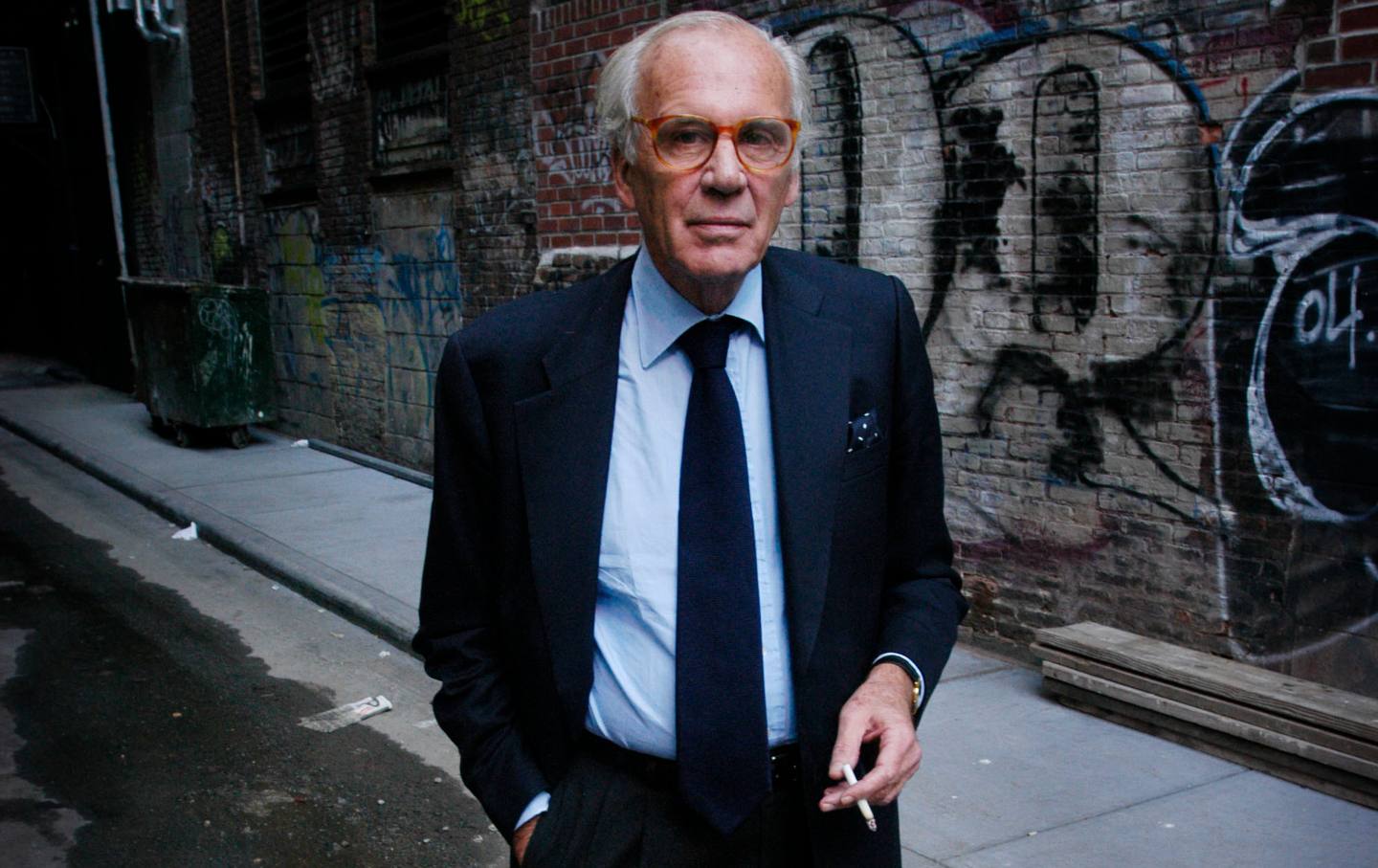
Lewis Lapham Salvaged From History What Was Useful, Beautiful, and True Lewis Lapham Salvaged From History What Was Useful, Beautiful, and True
Writer Lewis H. Lapham, longtime editor of Harper’s Magazine and the founder of Lapham’s Quarterly, died in Rome. He was 89.
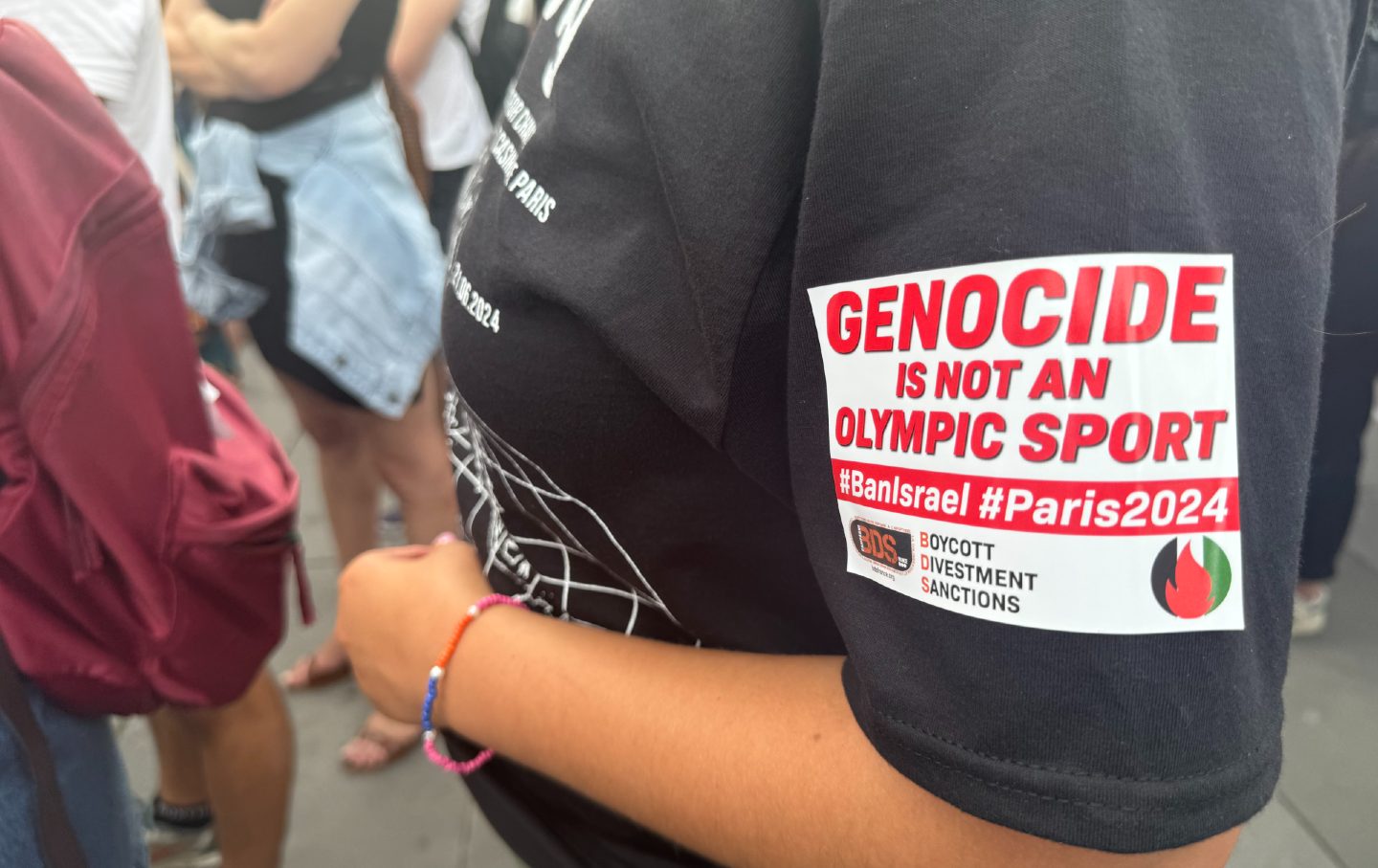
The Paris Olympics Are Kicking Off With Protests The Paris Olympics Are Kicking Off With Protests
“The Olympic Games are profoundly disrupting the lives of French people,” the protesters wrote in a joint statement.“The question then arises: Who benefits from the Games?”
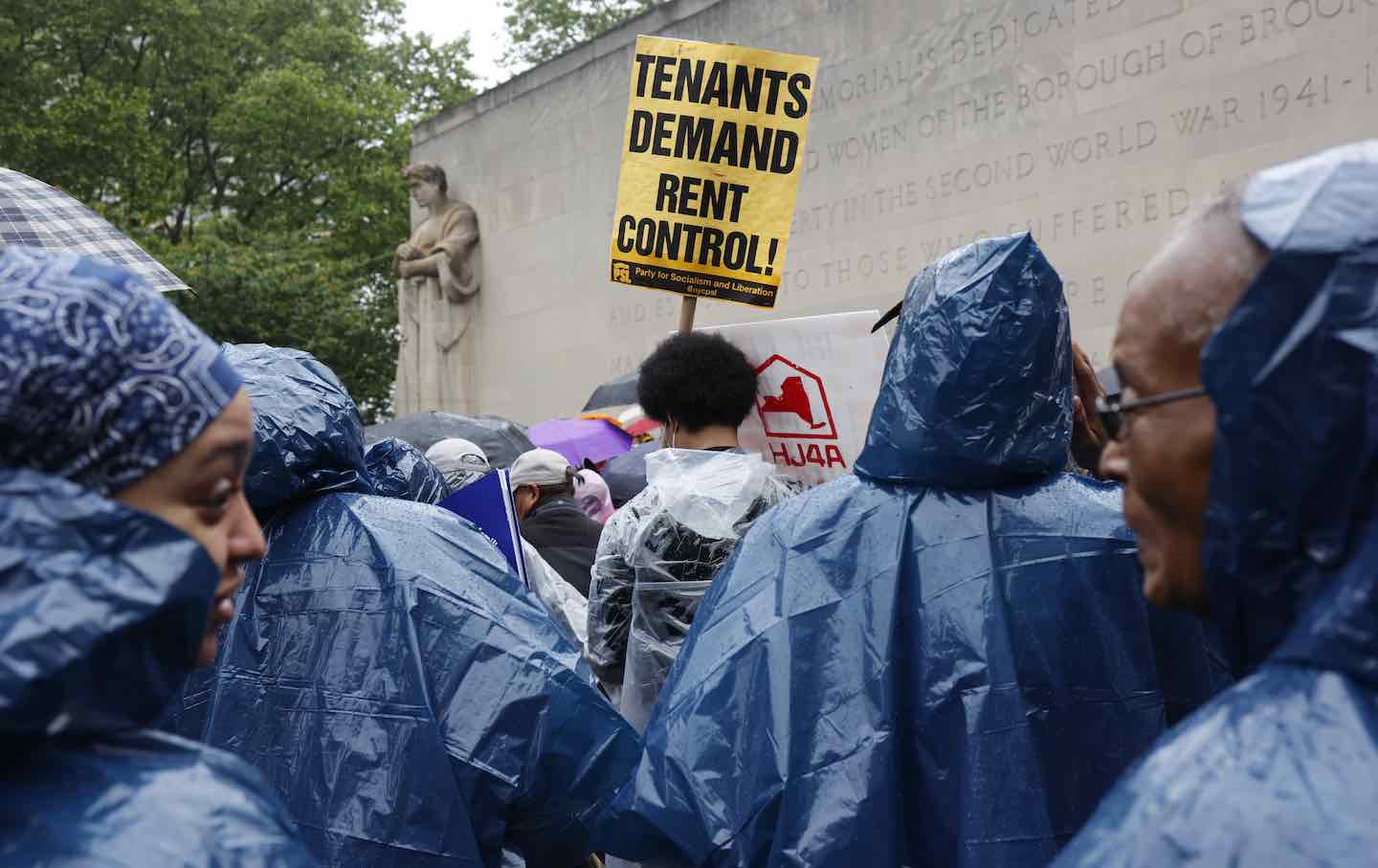
Biden Said Rent Cap. Here’s What Tenant Organizers Say Must Happen Next. Biden Said Rent Cap. Here’s What Tenant Organizers Say Must Happen Next.
The president called on Congress to act, but he could enact a rent stabilization policy with a stroke of his pen. Tenant leaders say they will keep organizing until it happens.

Why There Are No Trans Women Competing at the Paris Games Why There Are No Trans Women Competing at the Paris Games
There are at least two trans nonbinary athletes—Quinn and Nikki Hiltz—and they’re impossible not to cheer for.

The Appalling Social Cleansing of Olympic Paris The Appalling Social Cleansing of Olympic Paris
In the last year, an estimated 12,500 vulnerable Paris residents were forced from their homes.

At My High School, the Library Is for Everything but Books At My High School, the Library Is for Everything but Books
The administration has rebranded our library as a communal space for doing almost everything except reading.


